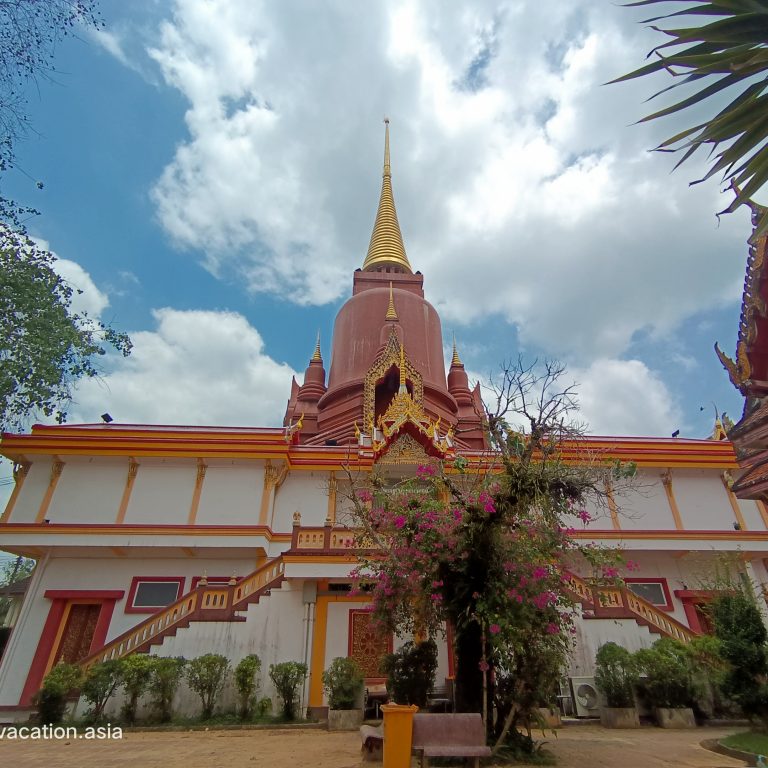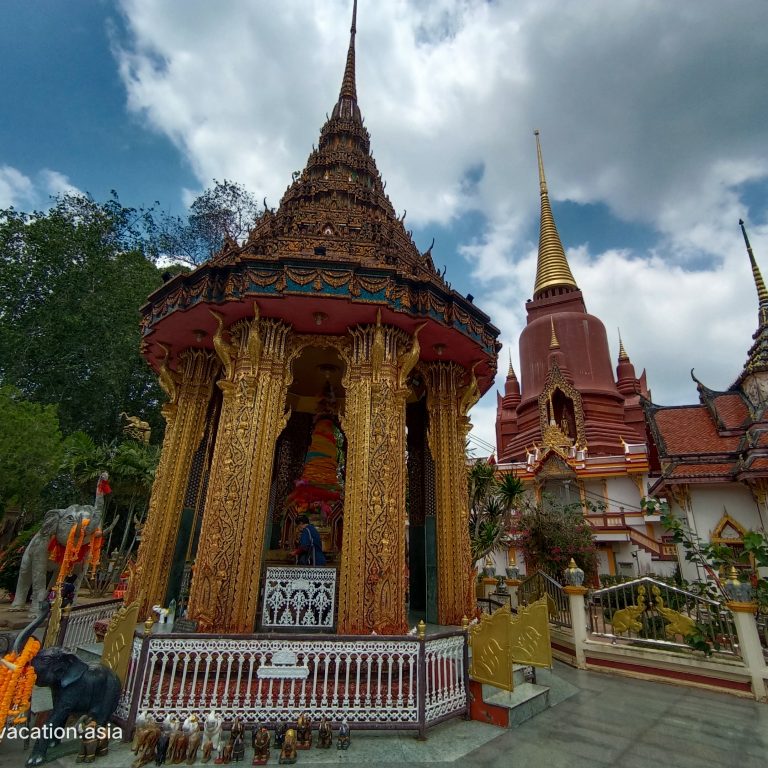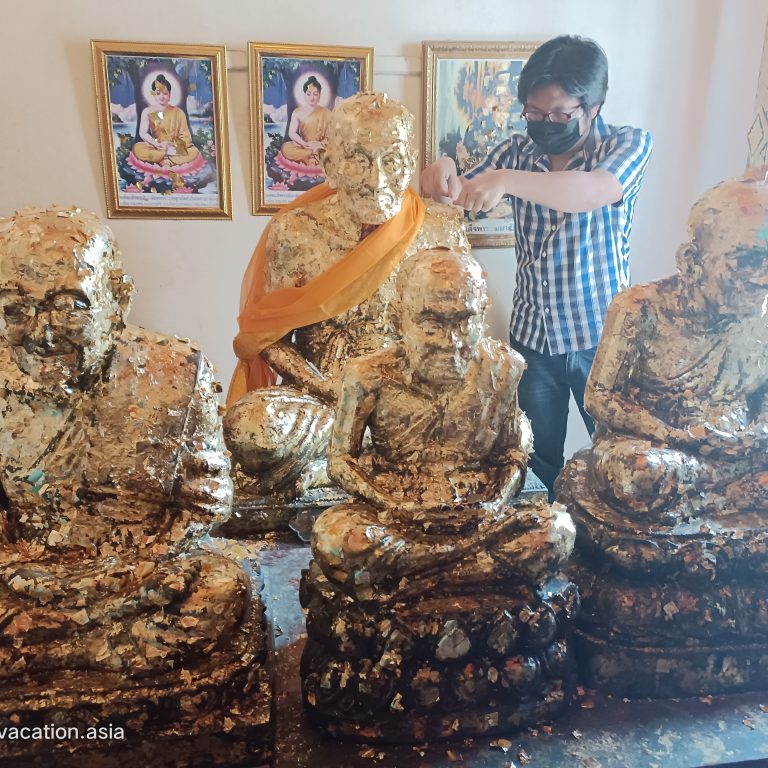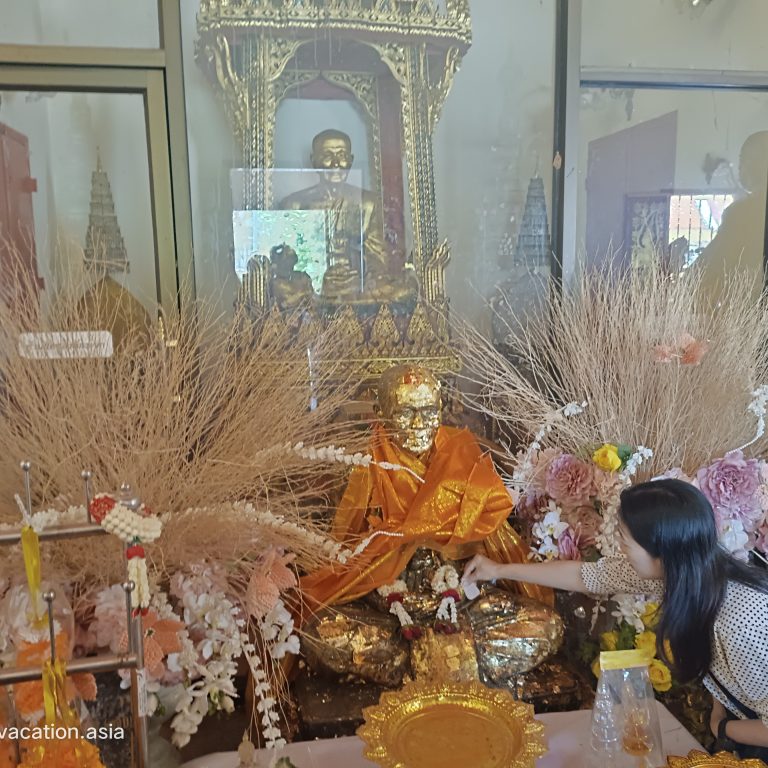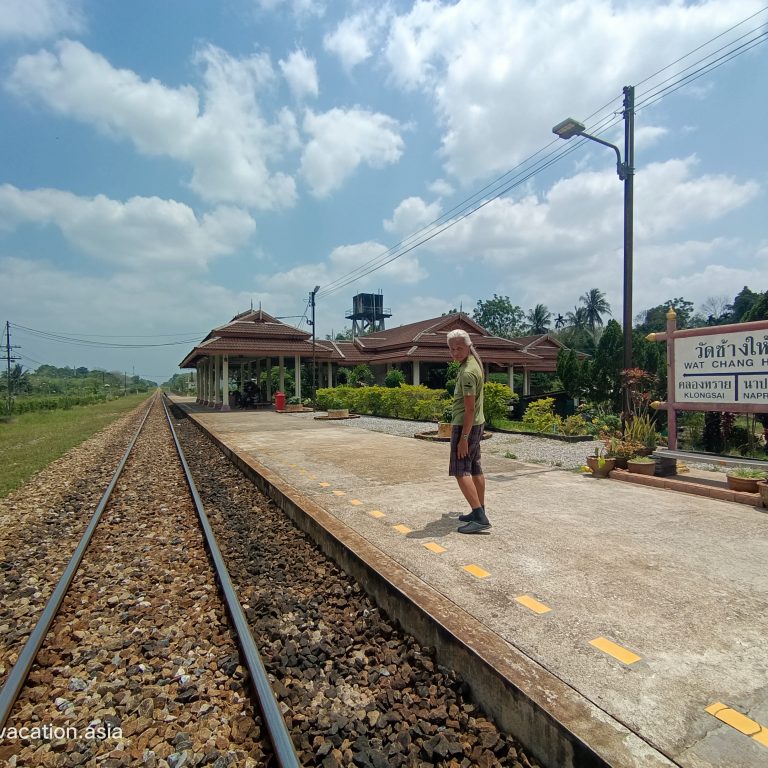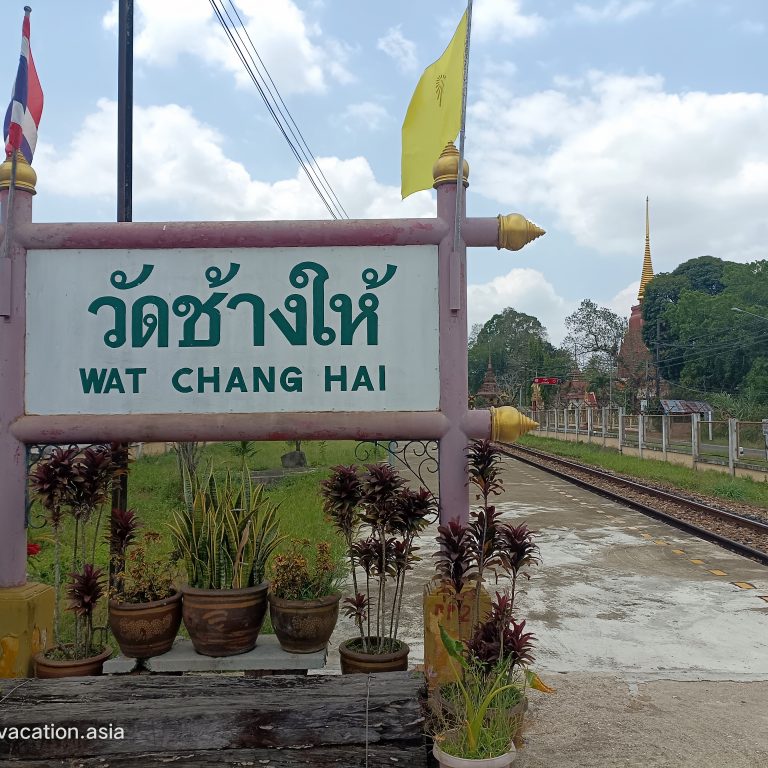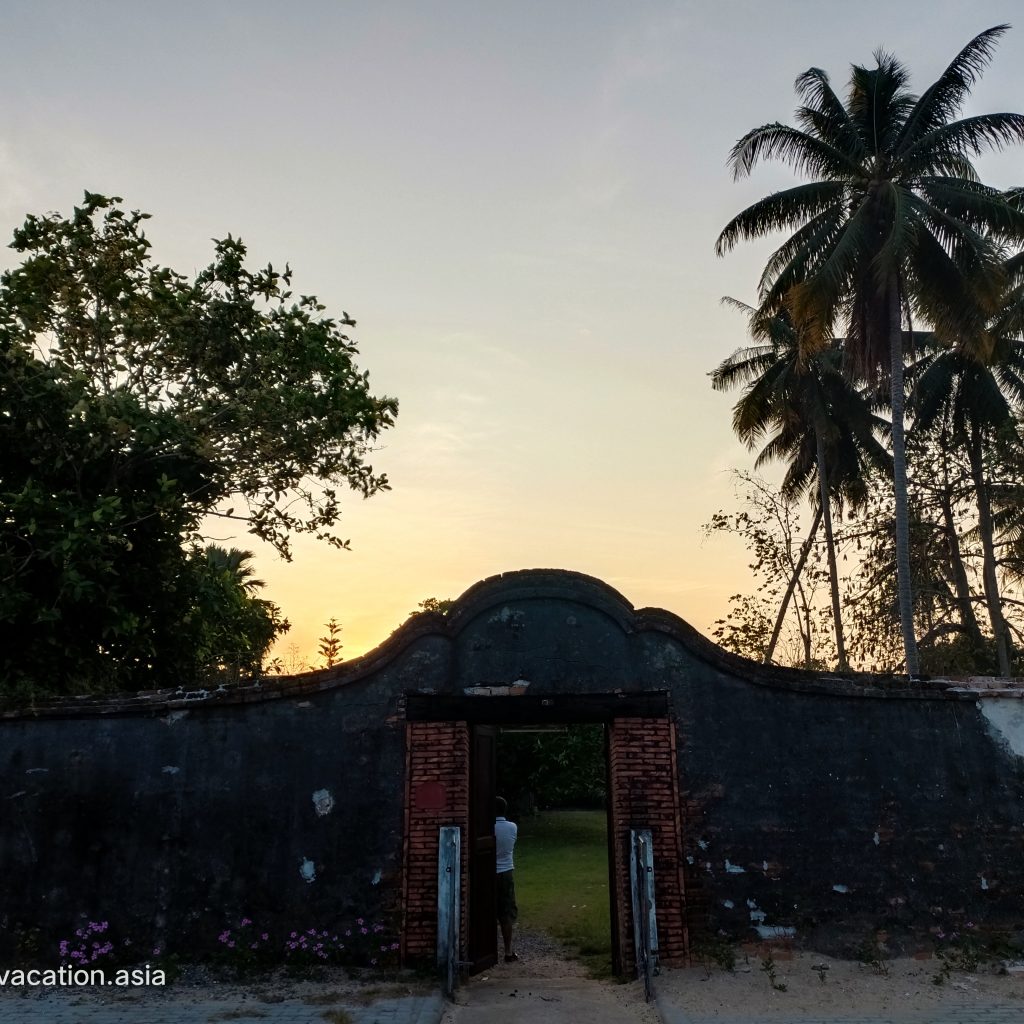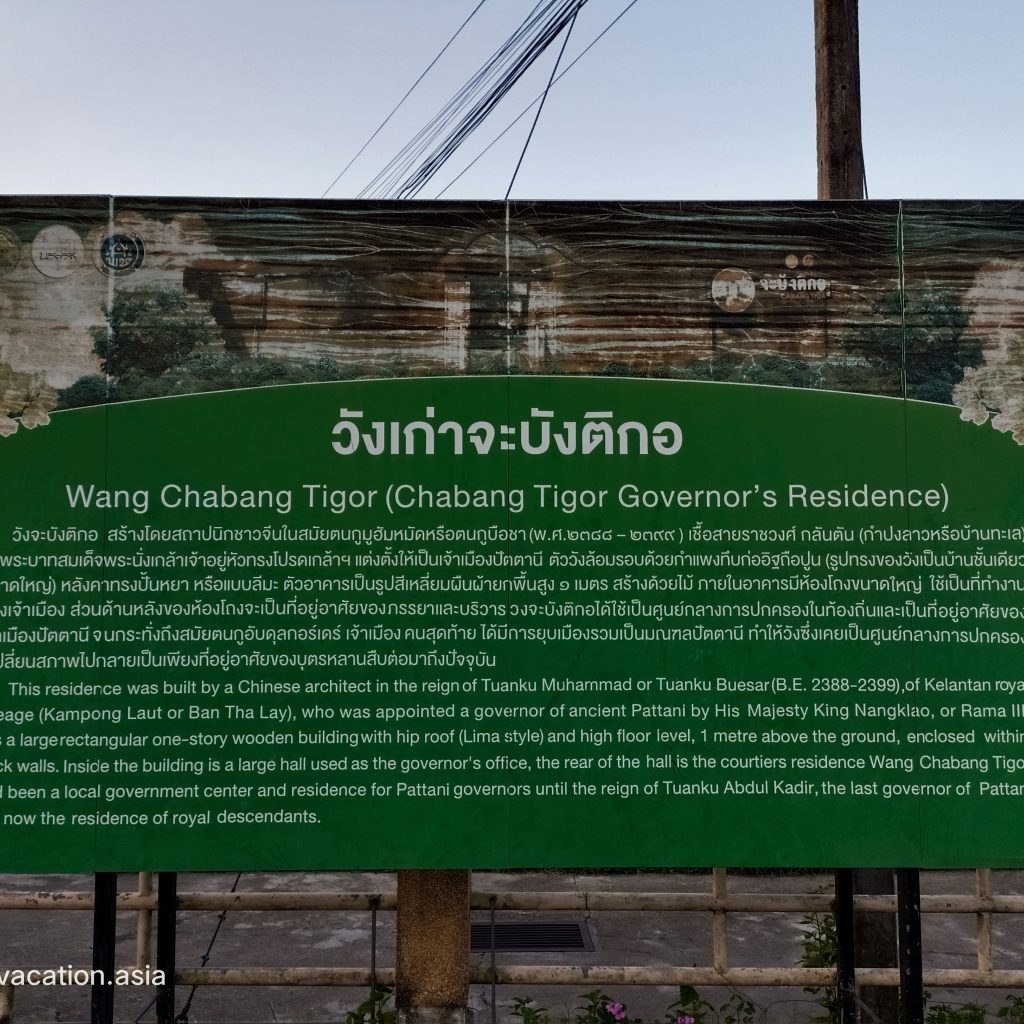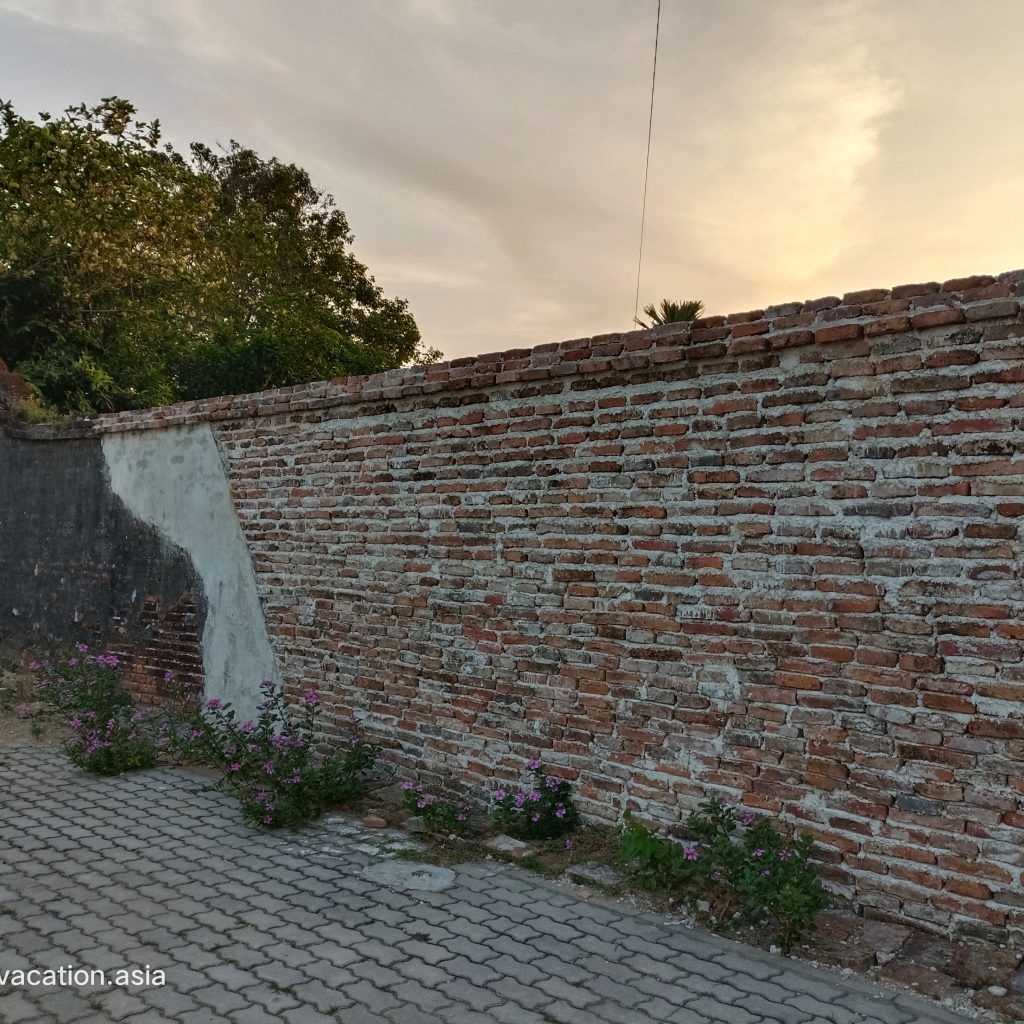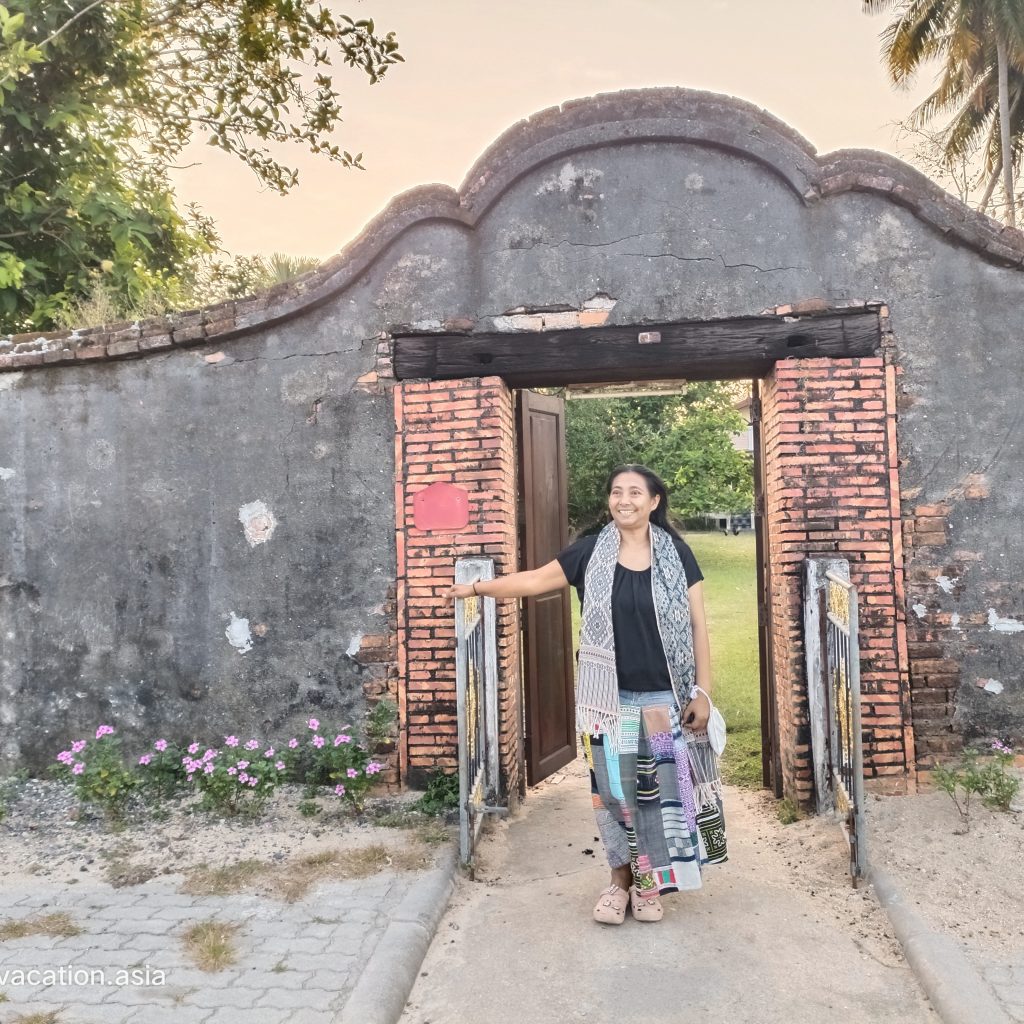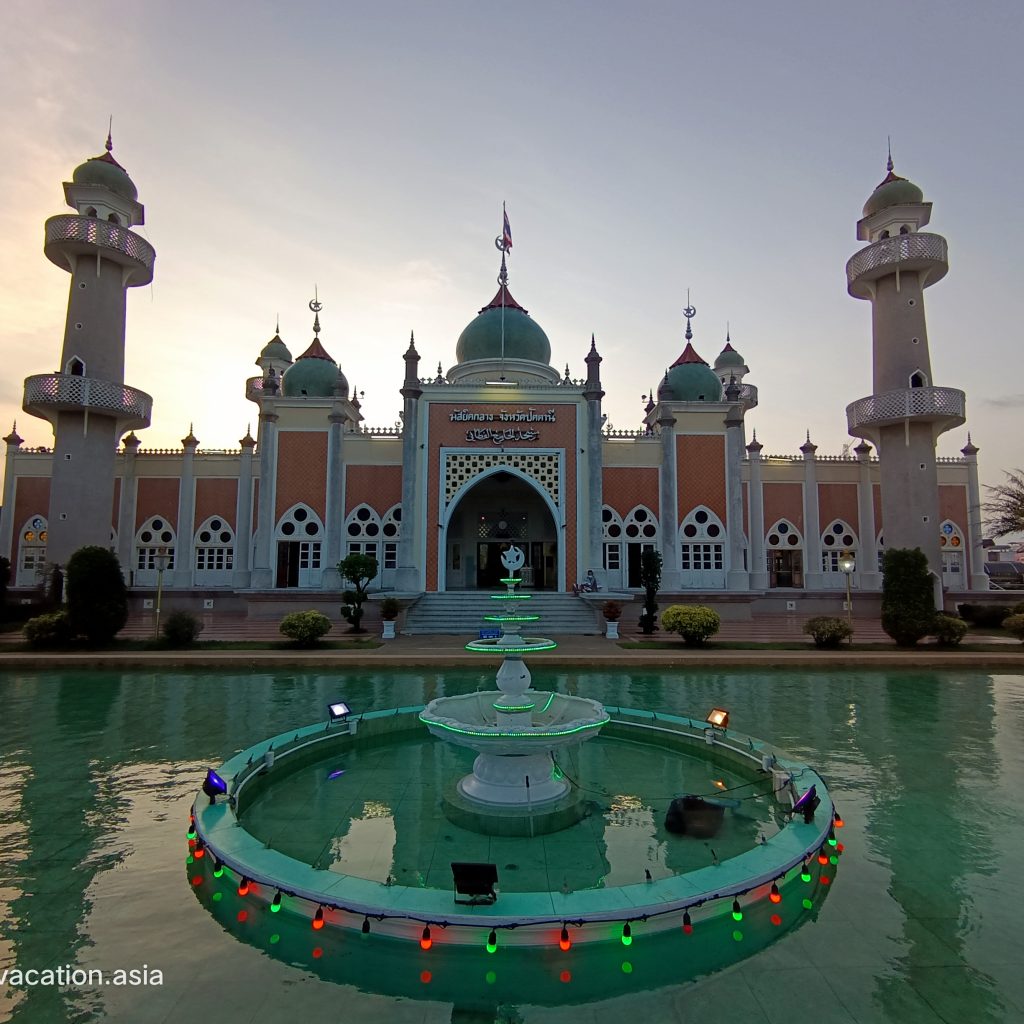
Pattani is both the name of the province in the south of Thailand and the City that is its capital. Pattani contains two major rivers, the Tani and Sai Buri, and covers a relatively flat region with a long coastline that runs 170 kilometers along the Gulf of Thailand. It has outstanding cultural places such as Krue Se Mosque, and Lim Kor Niao Shrine, and beautiful natural features including forests, rivers, and seas.
Pattani still maintains the ruins of an ancient town in Amphoe Yarang that once served as an important port and center of administration, trade, and Culture for many centuries. Attractions in modern-day Pattani include unspoiled nature, numerous Historical sites, and traditional Culture, which has benefited from the integration of Thai, Chinese, and Islam settlers.
Highlights
– Krue Se Mosque
– Lim Kor Niao Shrine
– Hat Talo-Kapo Beach
– Krue Se Mosque
This Mosque is on highway no.42 (Pattani-Narathiwat route) at Ban Krue Se and is about 7 kilometers from Pattani town. At present, this ancient venue is near Chao Mae Lim Ko Niao Chinese Shrine. Both places had their legend of the relationship depending on the beliefs. This mosque has round pillars which is the middle-east arts style. The most important part is the dome’s roof which has never been finished. It has been assured that this mosque was built during the reign of King Naresuan the Great (1578-1593).
This ancient Mosque is built in the Middle Eastern style, supported by a large round. The mosque is said to have been built during the reign of King Naresuan the Great (1578-1593). However, the most important element of the mosque, its large, domed roof, was never been completed, reportedly because of a power struggle between the sultan of Pattani and his brother at the time of construction. Krue Se Mosque is located on Highway 42 at Ban Krue Se, about 7 kilometers east of Pattani town. The mosque is open for religious ceremonies 8.00 am-6.00 pm daily.
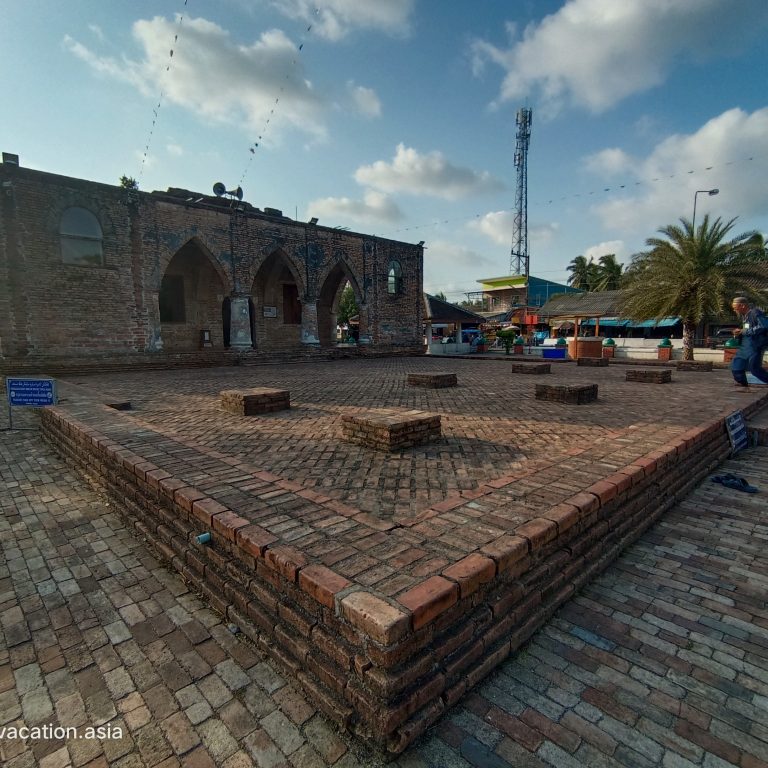
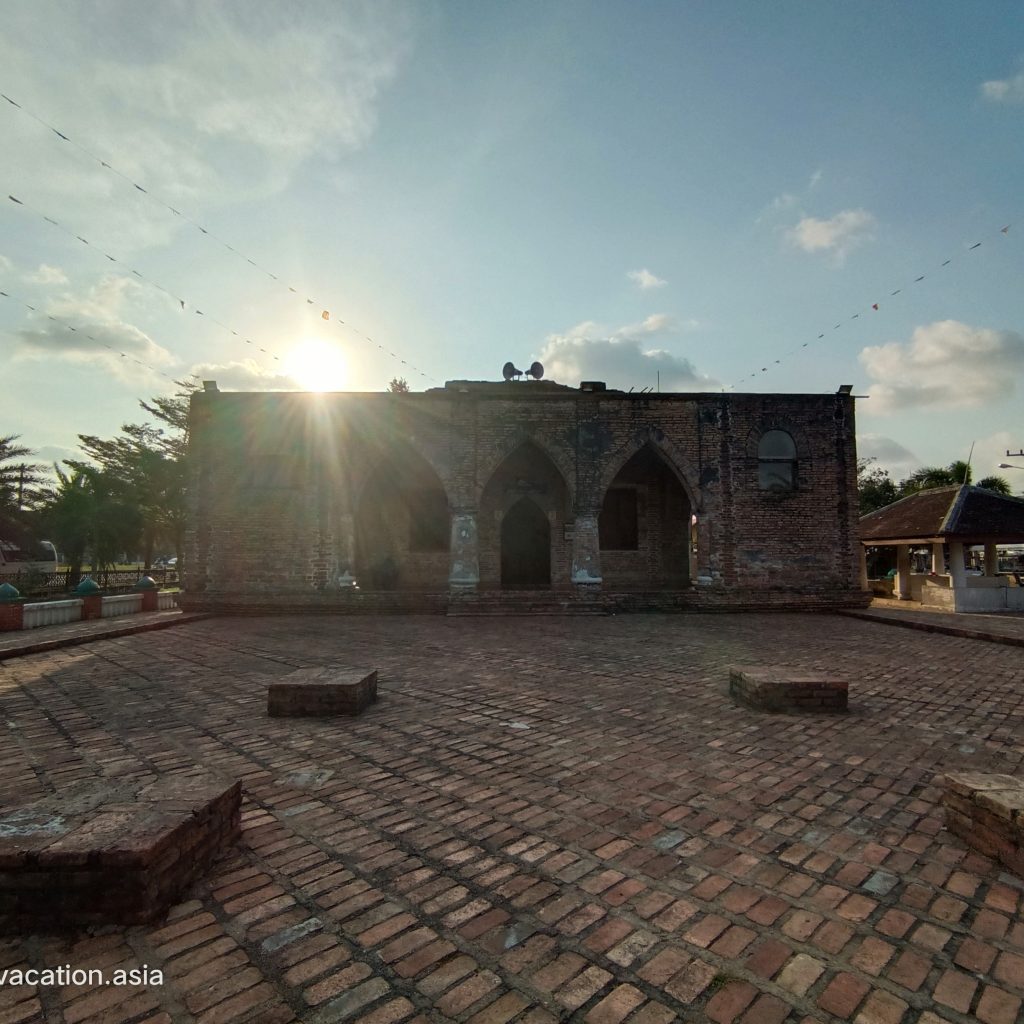
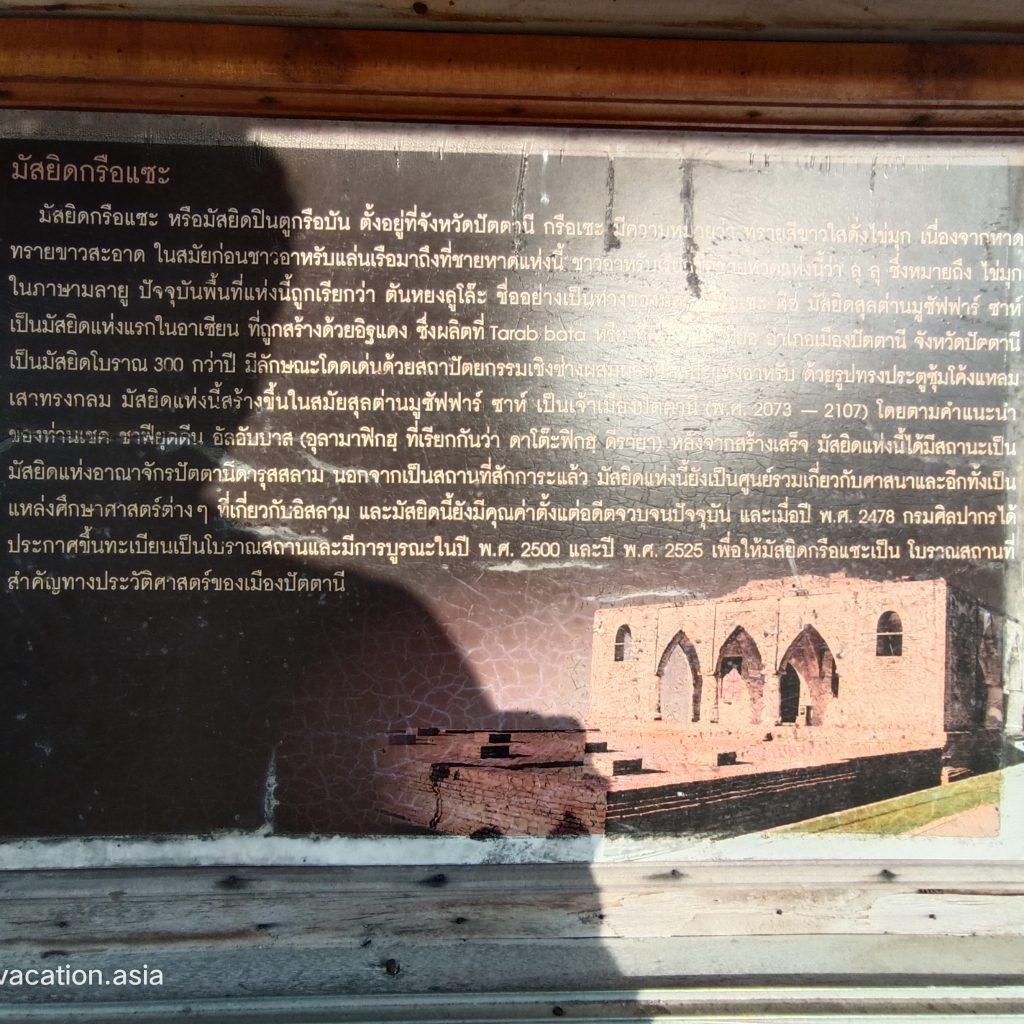
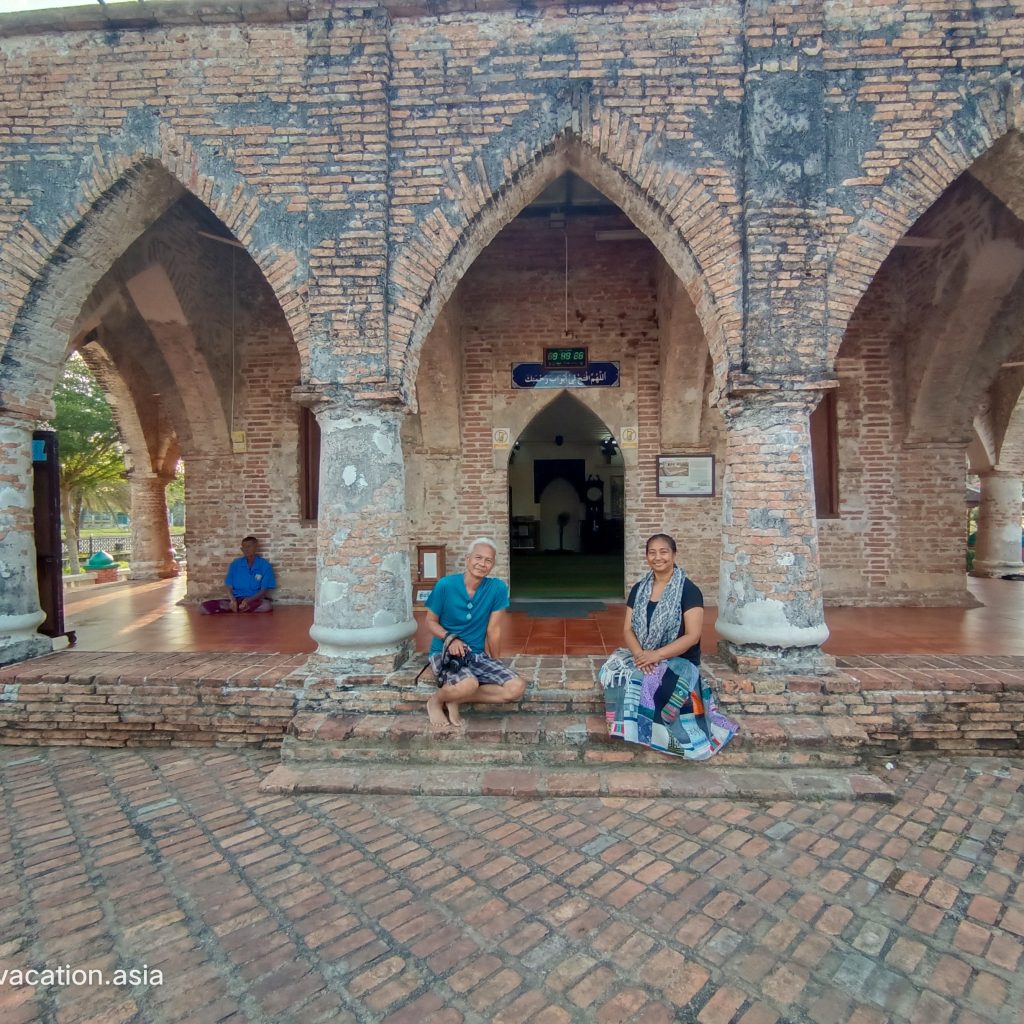
– Chao Mae Lim Ko Niao Chinese Shrine (Leng Chu Kiang Shrine)
The location of the Chao Mae Lim ko Niao sculpture and Chinese gods is on the A No Ru road. On the day of the 3rd lunar month every year, there is a colorful procession carrying the Chao Maes sculpture along several roads in town, walking on fire in front of the shrine, and swimming across the River near Dechanuchit Bridge. The City welcomes numerous worshippers every year.
This Chinese-style shrine in Pattani town is dedicated to a local Chinese heroine, Chao Mae Lim ko Niao, who is especially respected by the Chinese residents of Pattani. The shrine houses a wooden statue of the goddess and sculptures of other Chinese religious figures. Legend says Lim Ko Niao was a Chinese girl who came to what was then Siam, looking for her brother Lim To Khiam, who had married the daughter of the Pattani governor and had converted to Islam. When she could not find her brother, she felt so disappointed at failing in her mission that she hung herself from a cashew nut tree. When her brother heard of her suicide, he buried her at the site on which the Pattani people later built the shrine to commemorate her dedication to her family. They carved her statue from the wood of the cashew tree. On the first day of the third lunar month every year, a colorful procession winds through the town carrying the statue of the Lim Ko Niao to the shrine. Activities include fire-walking in front of the shrine, light and sound presentations, dragon and lion dancing, and swimming across the River at the nearby Dechanuchit Bridge. The shrine is located on A No Ru Road in Pattani town. The shrine, also known as the Leng Chu Kiang Shrine, is open daily 8.00 am-5.00 pm. More information about the shrine and the procession is available at 0 7352 2411.
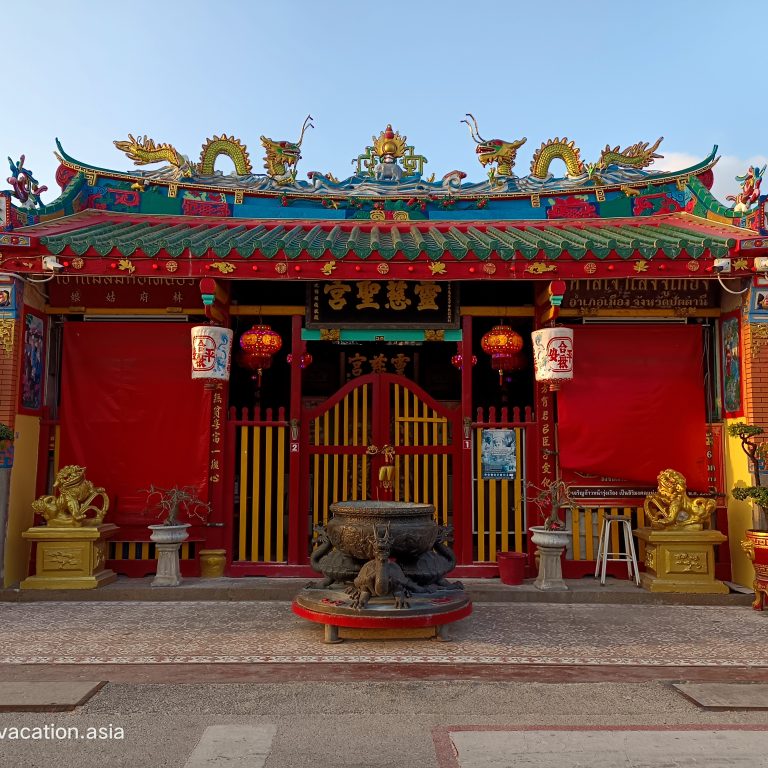
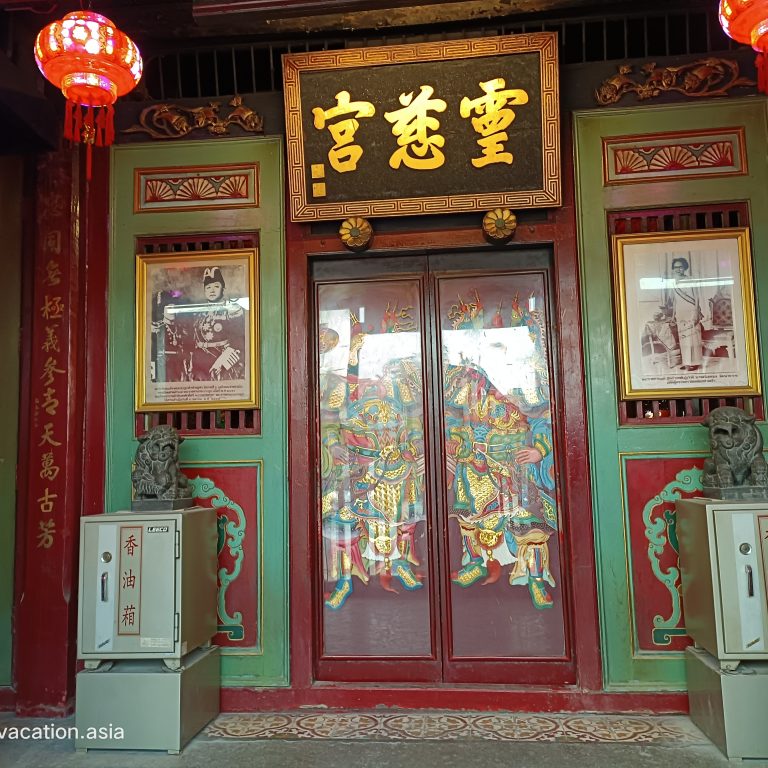
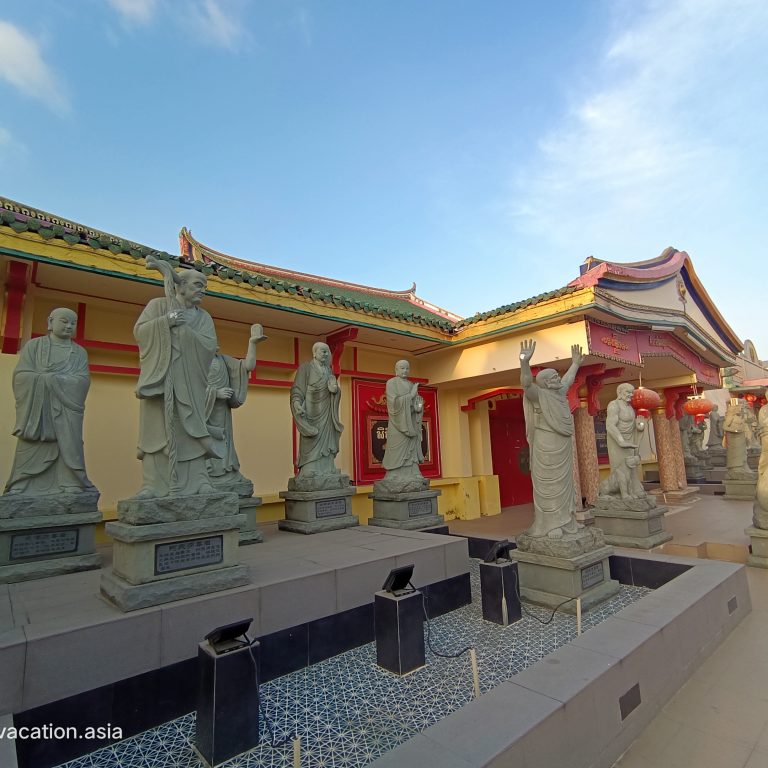
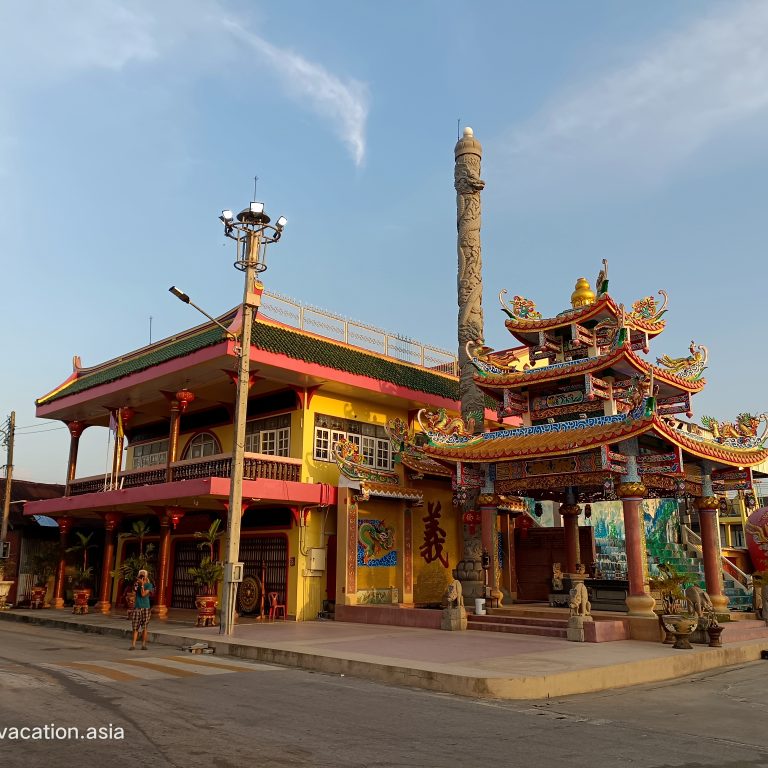
Wat Rat Buranara (Wat Chang Hai):
This temple is located at Ban Pa Rai, Tambon Thung Phala. It is close to the railway (Hat Yai-Su-ngai Kolok route) between Na Pradu and Pa Rai Stations. Situated about 31 kilometres from the provincial city of Pattani, it is accessible via Highway No. 42 (Pattani-Khok Pho route). Upon arrival at the Na Ket T-junction, proceed onto Highway No. 409 (Pattani-Yala route), and pass Na Pradu Municipality and Occupational Training Centre (Wat Chang Hai). Then, proceed 700 metres further. This temple is over 300 years old and the builder still remains a mystery. The image hall features a life-sized Luangpu Thuat image, an ex-abbot. In addition, visitors will find a beautiful stupa, chedi, mandapa, ordination hall, and bell tower. Luangpu Thuat, Wat Chang Hai (หลวงปู่ทวดวัดช้างให้): The much revered Luangpu Thuat was an educational monk. Legend has it that by stepping onto the sea, he was able to turn seawater into freshwater to quench the thirst of the crew. During his boat trip to Ayutthaya, his food and water supply were gone because of a storm. He died in Malaysia, and his body was brought back to Wat Chang Hai. The annual festival to pay respect to his ashes is in April. Visitors are welcome from 8.00 a.m.-5.00 p.m. daily.
